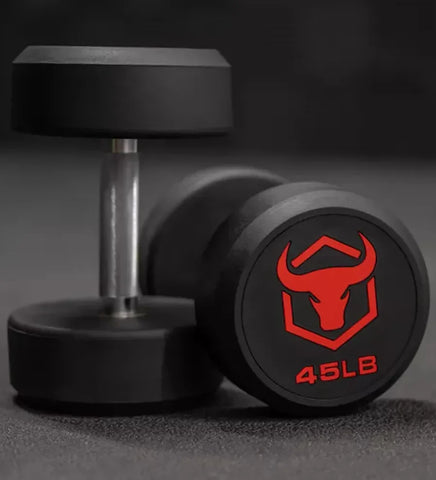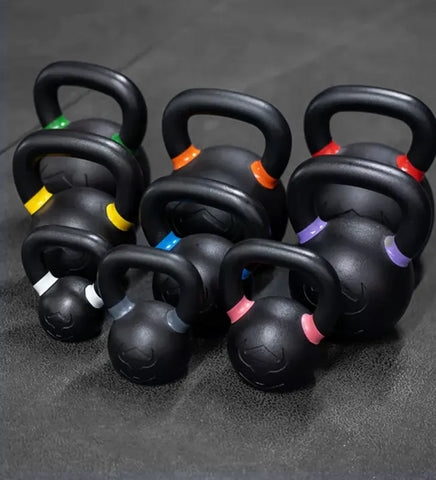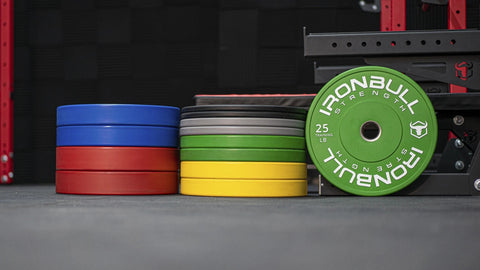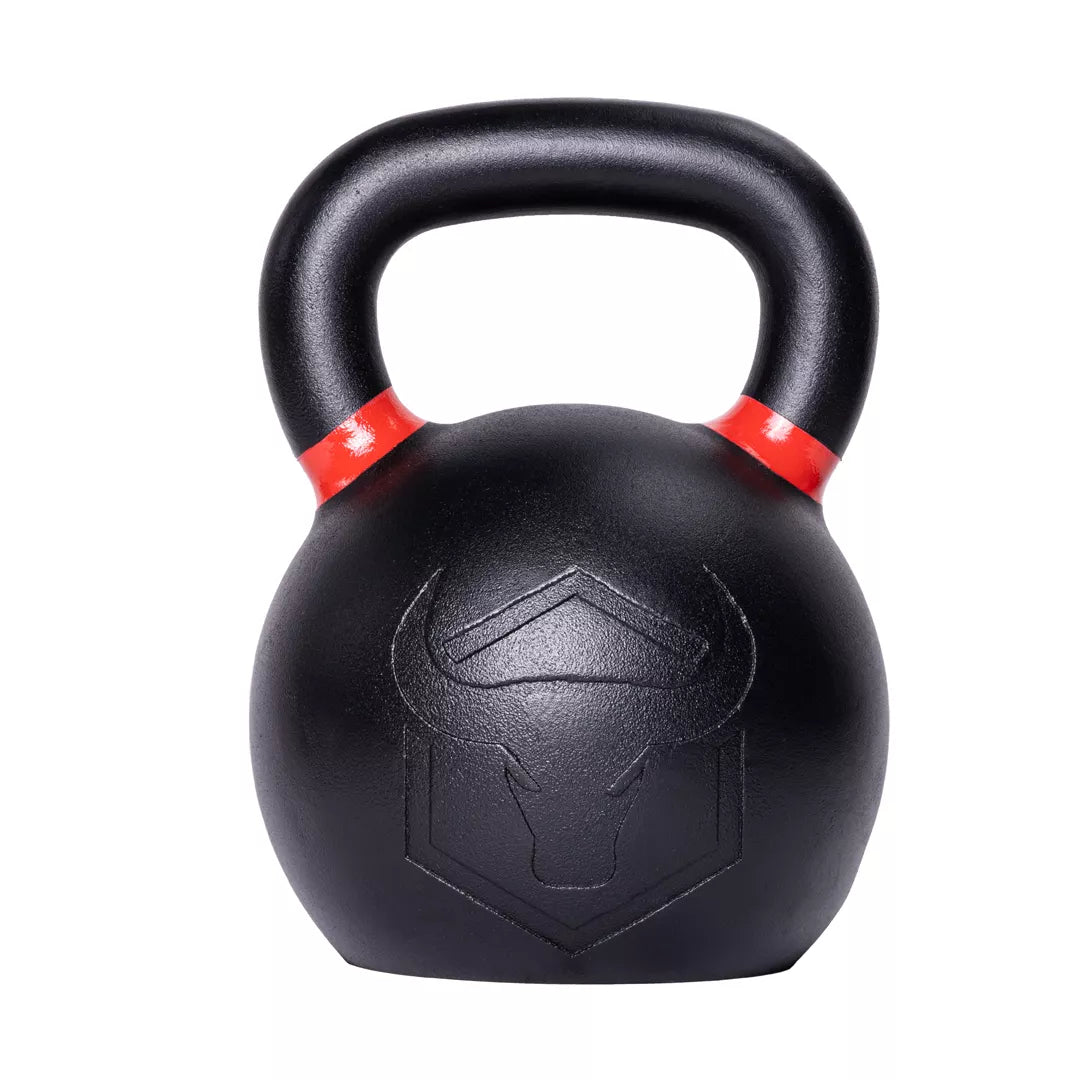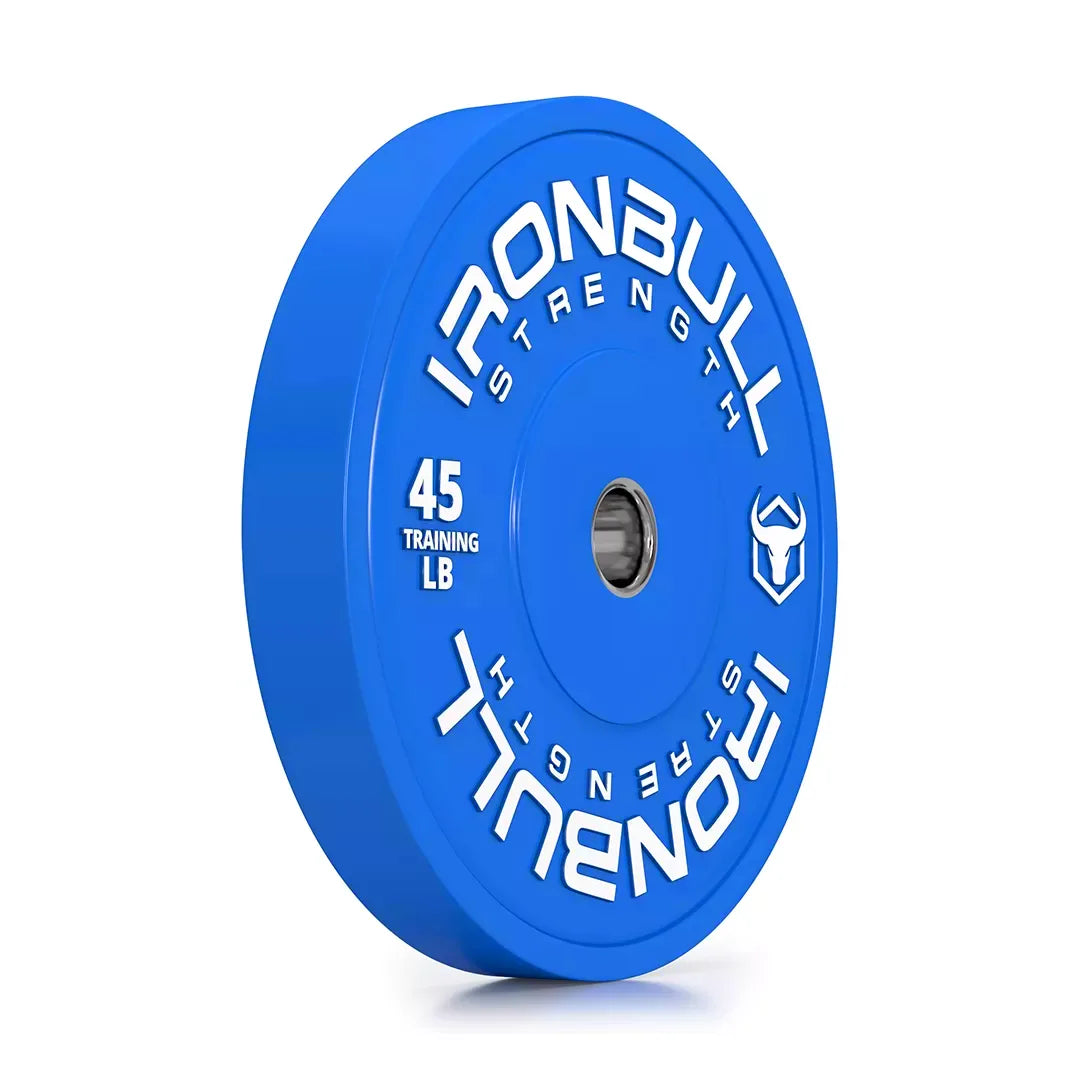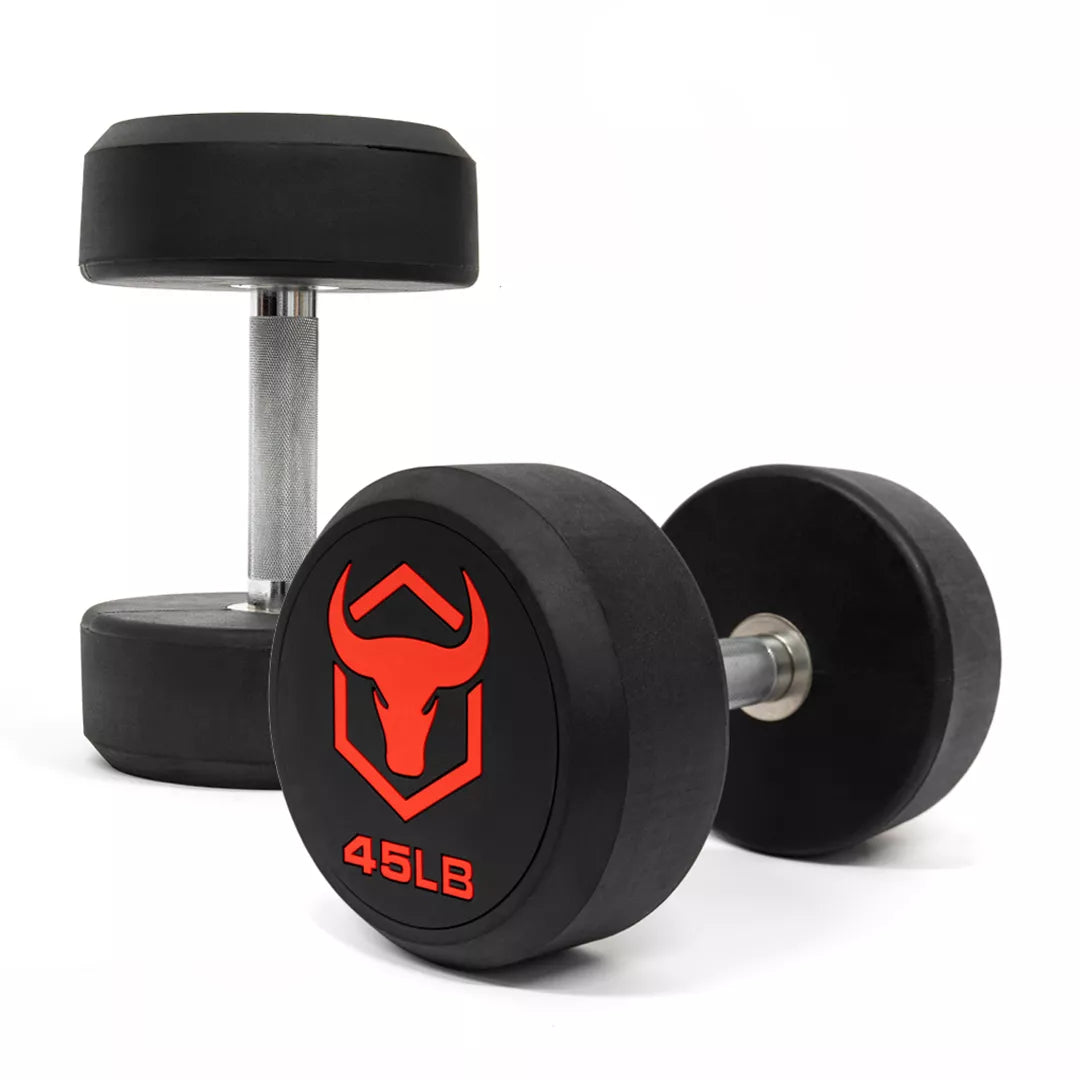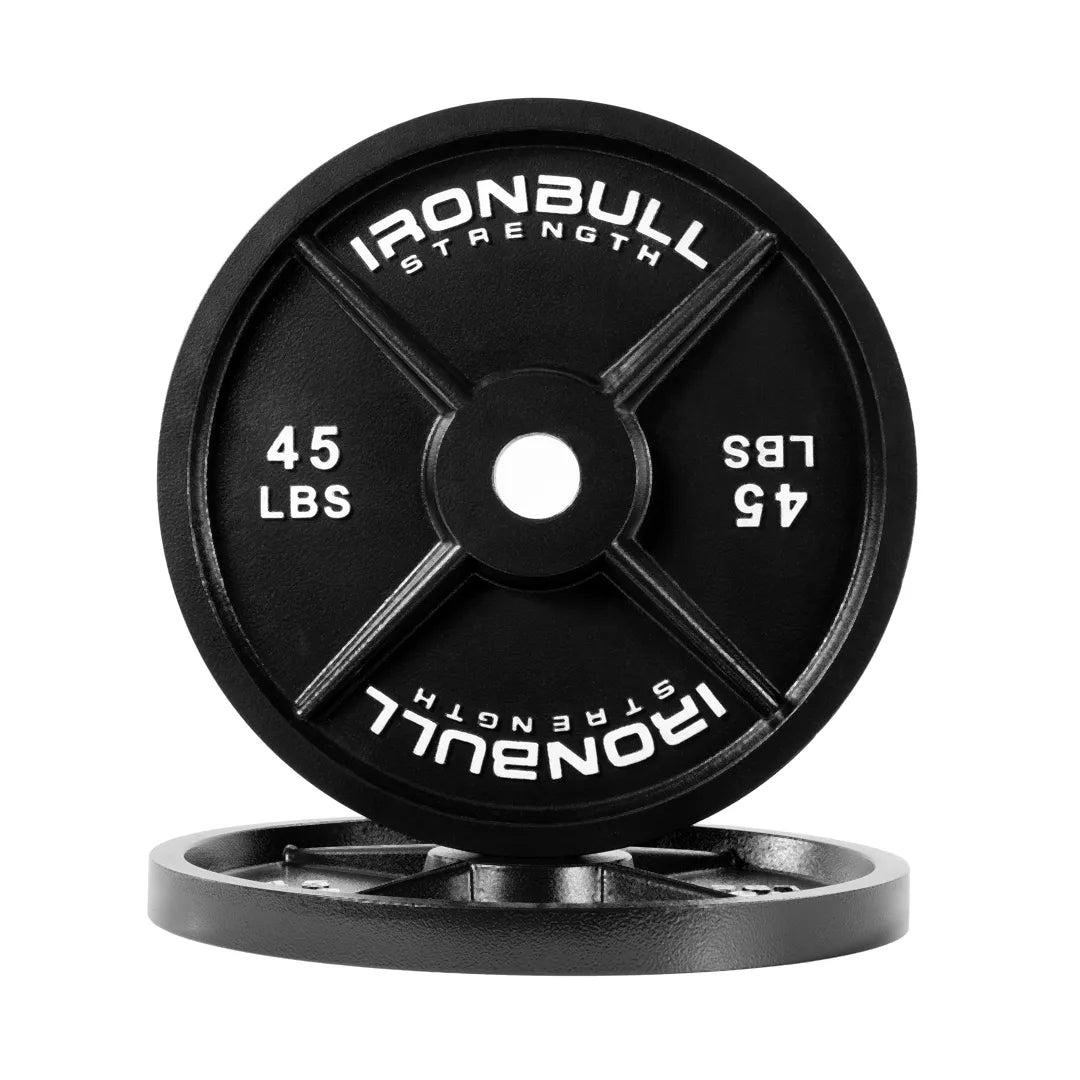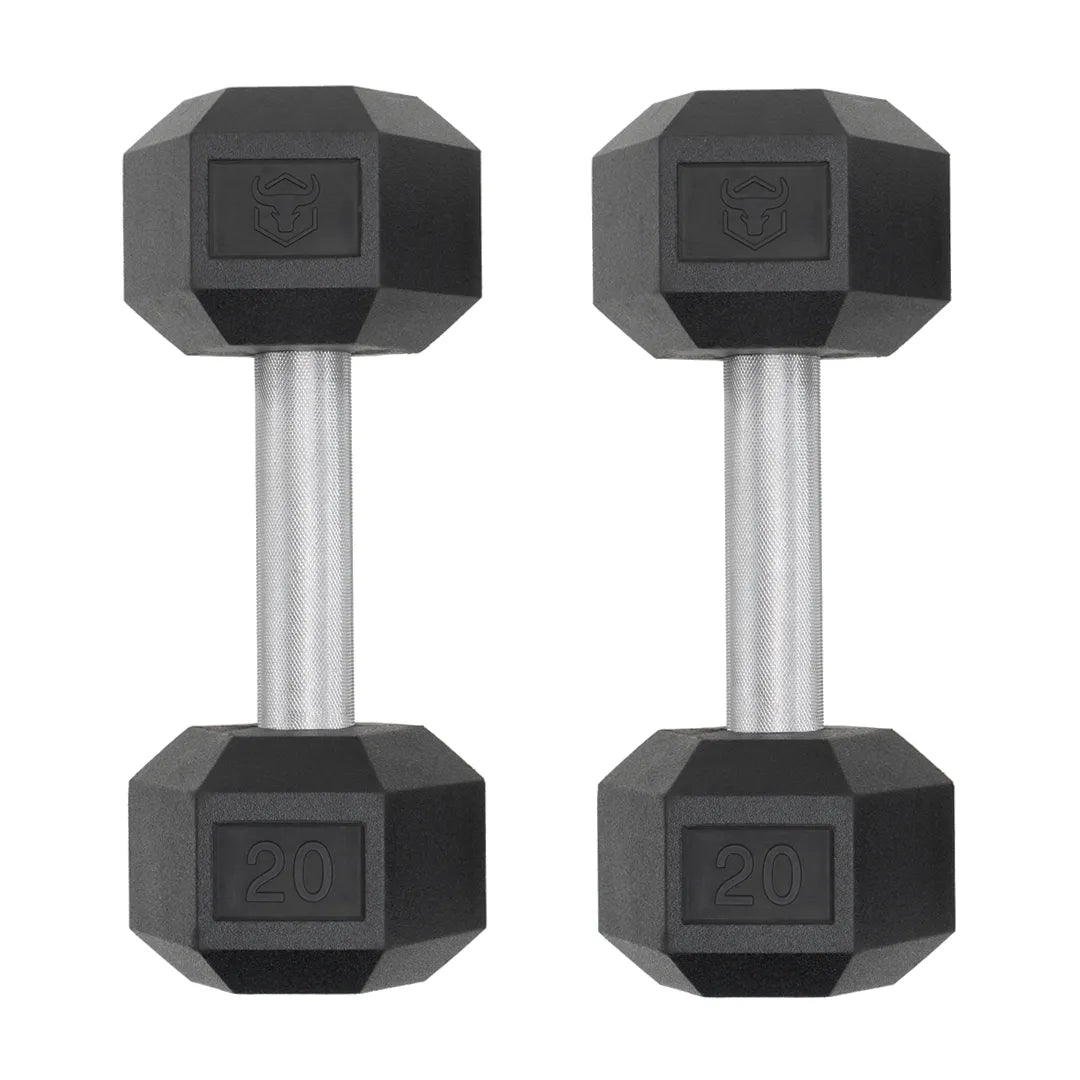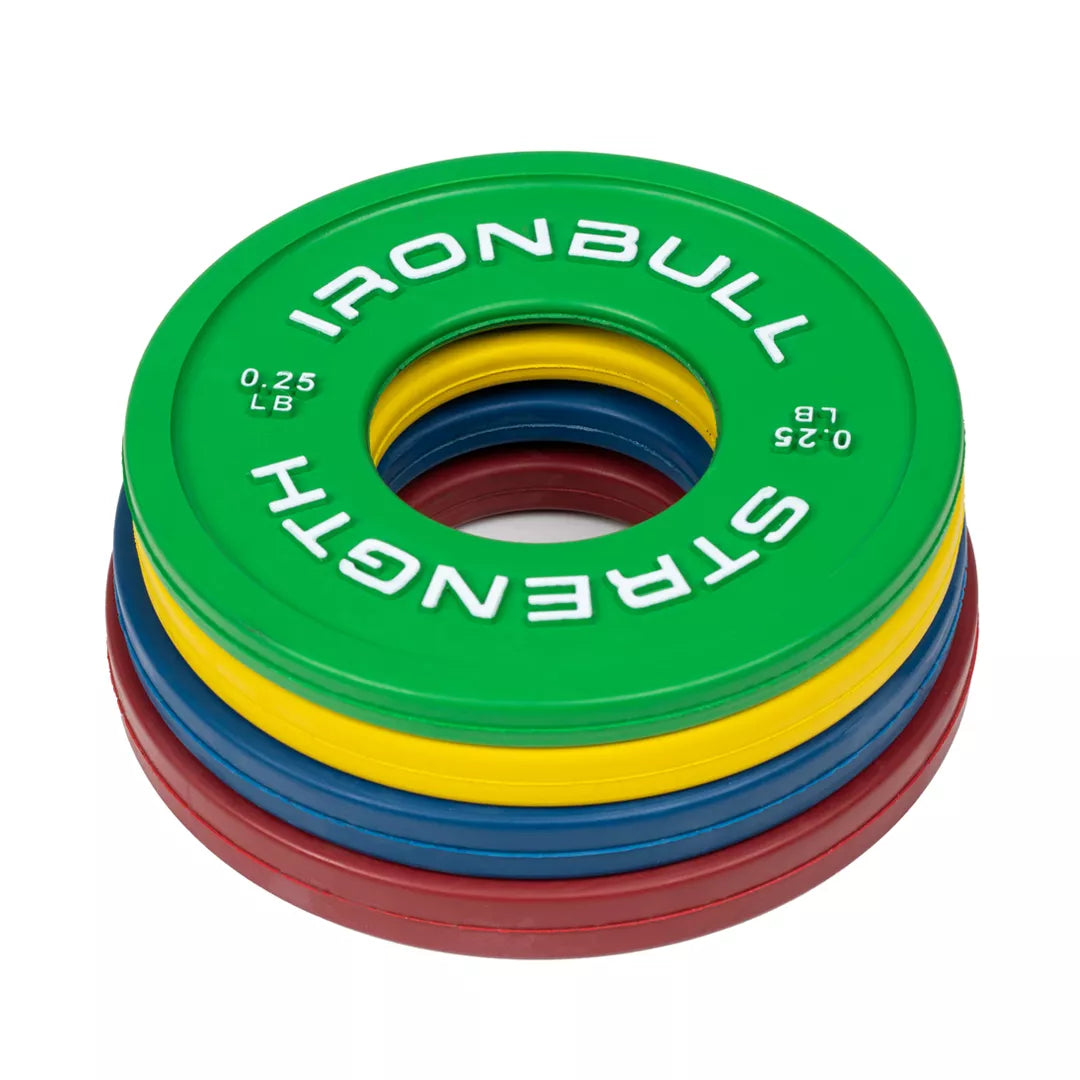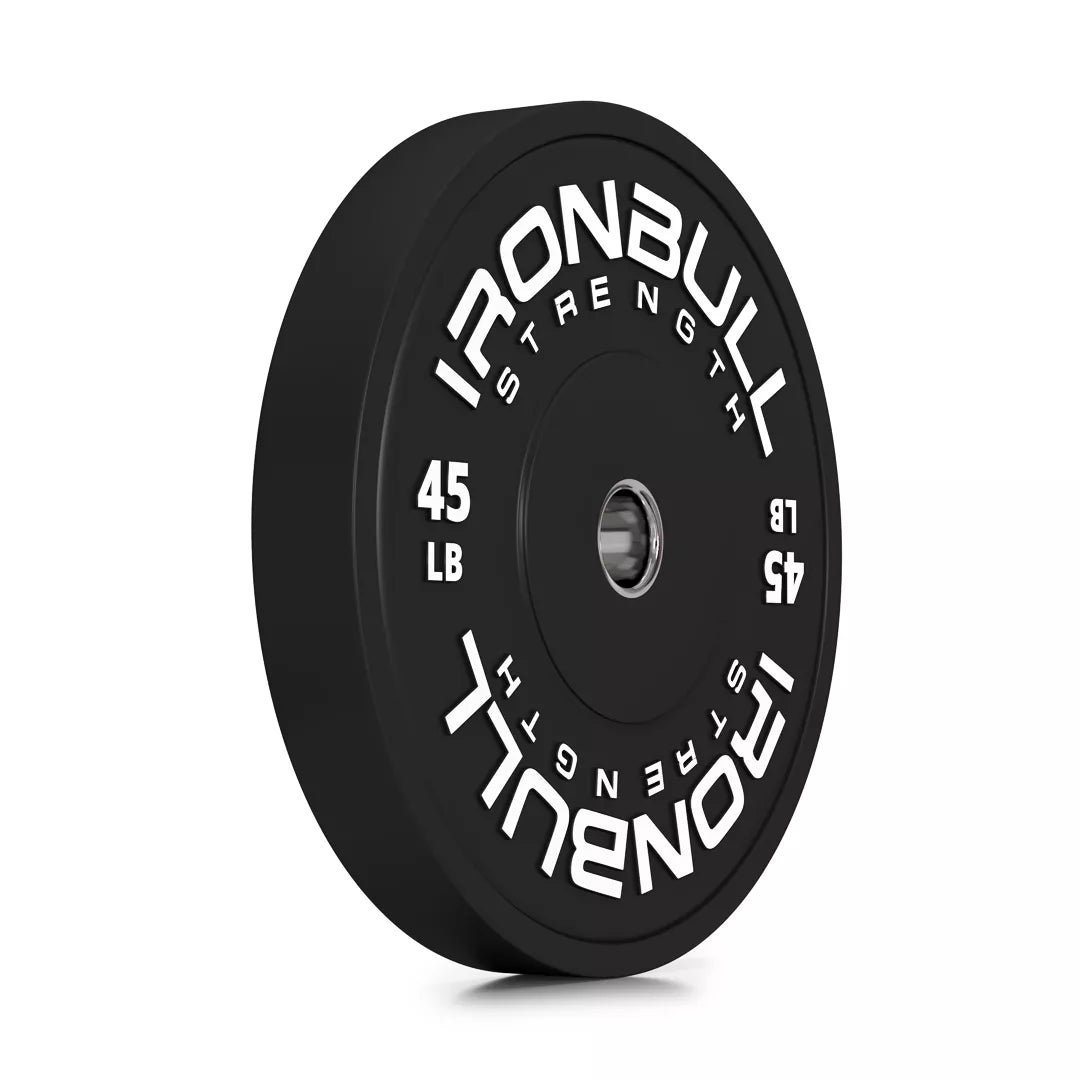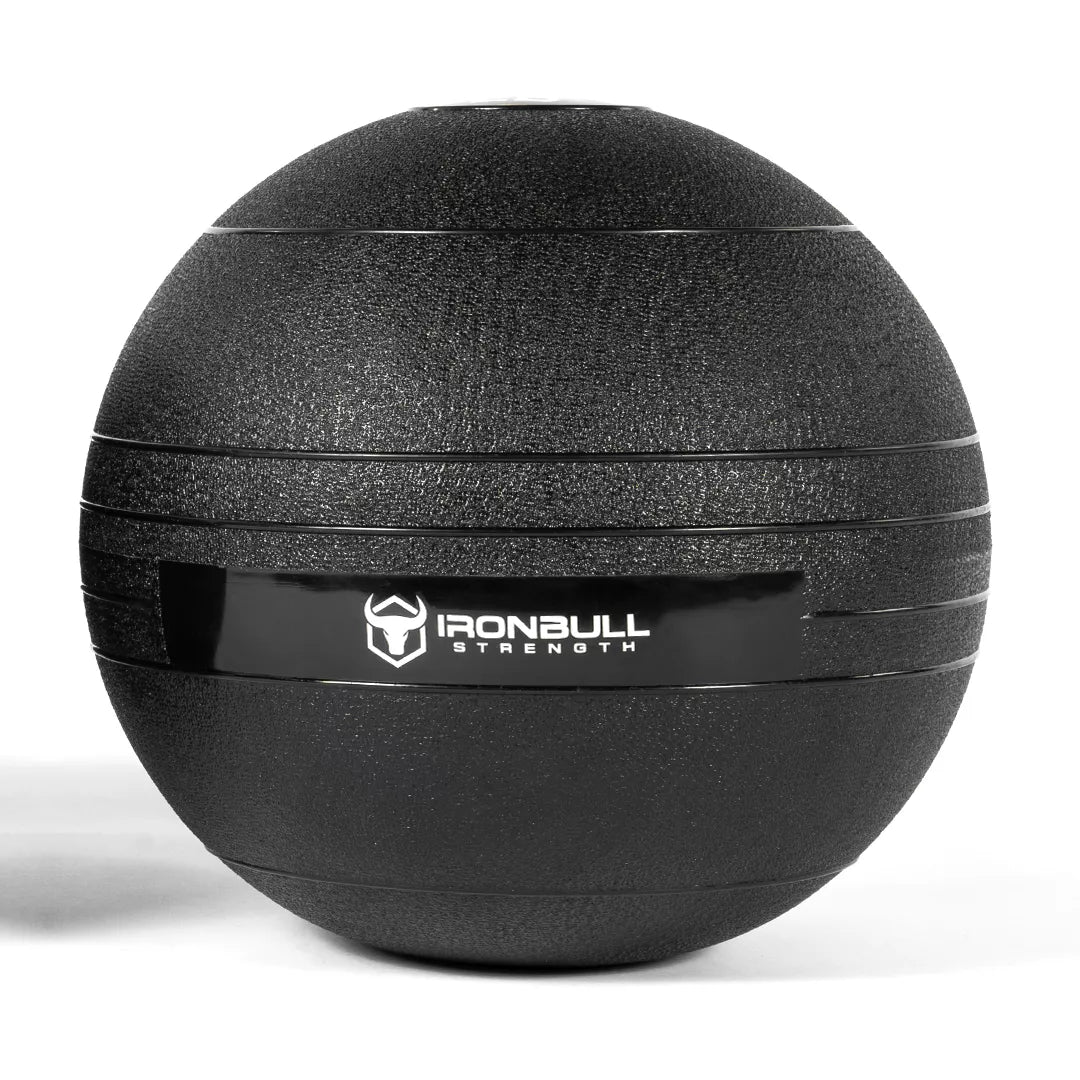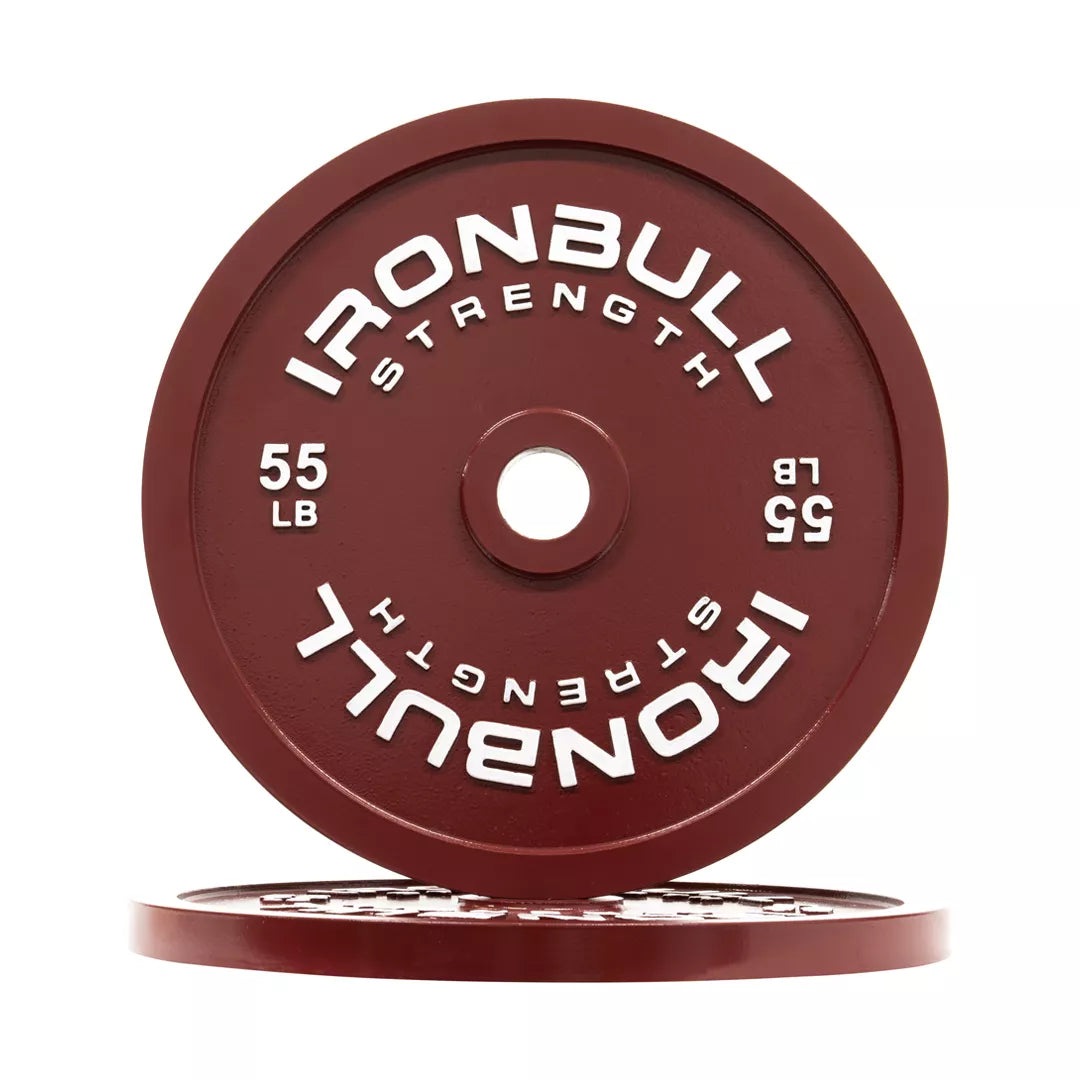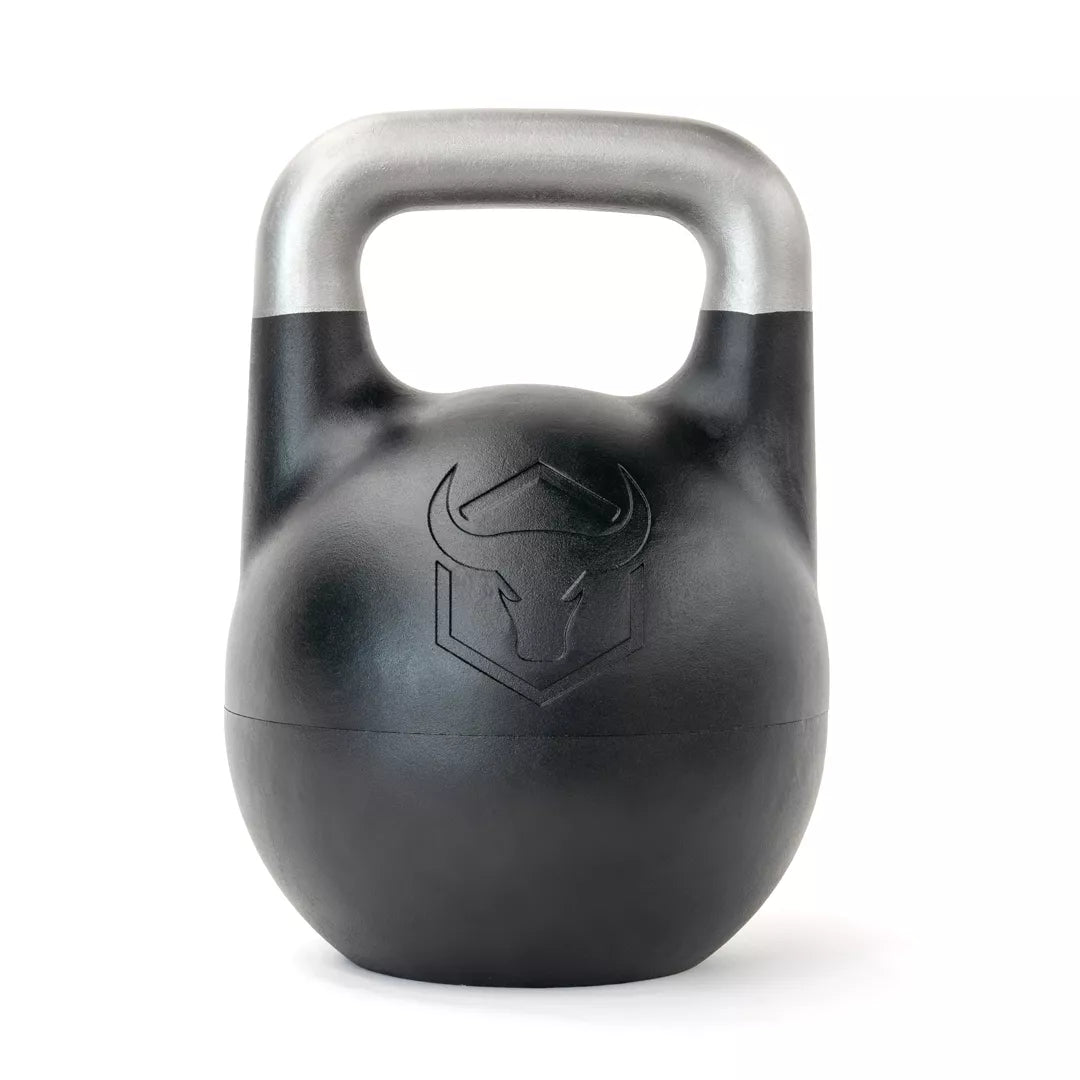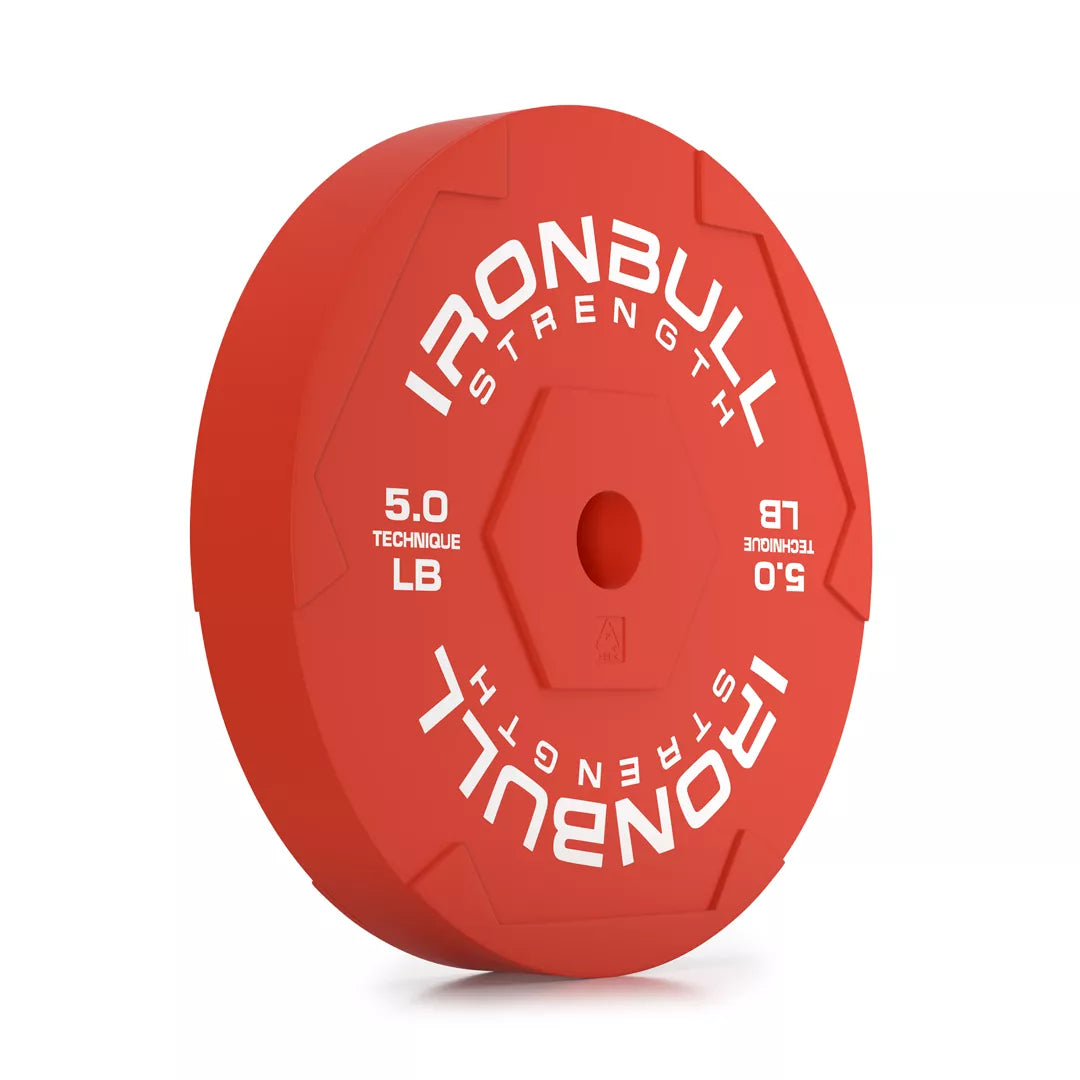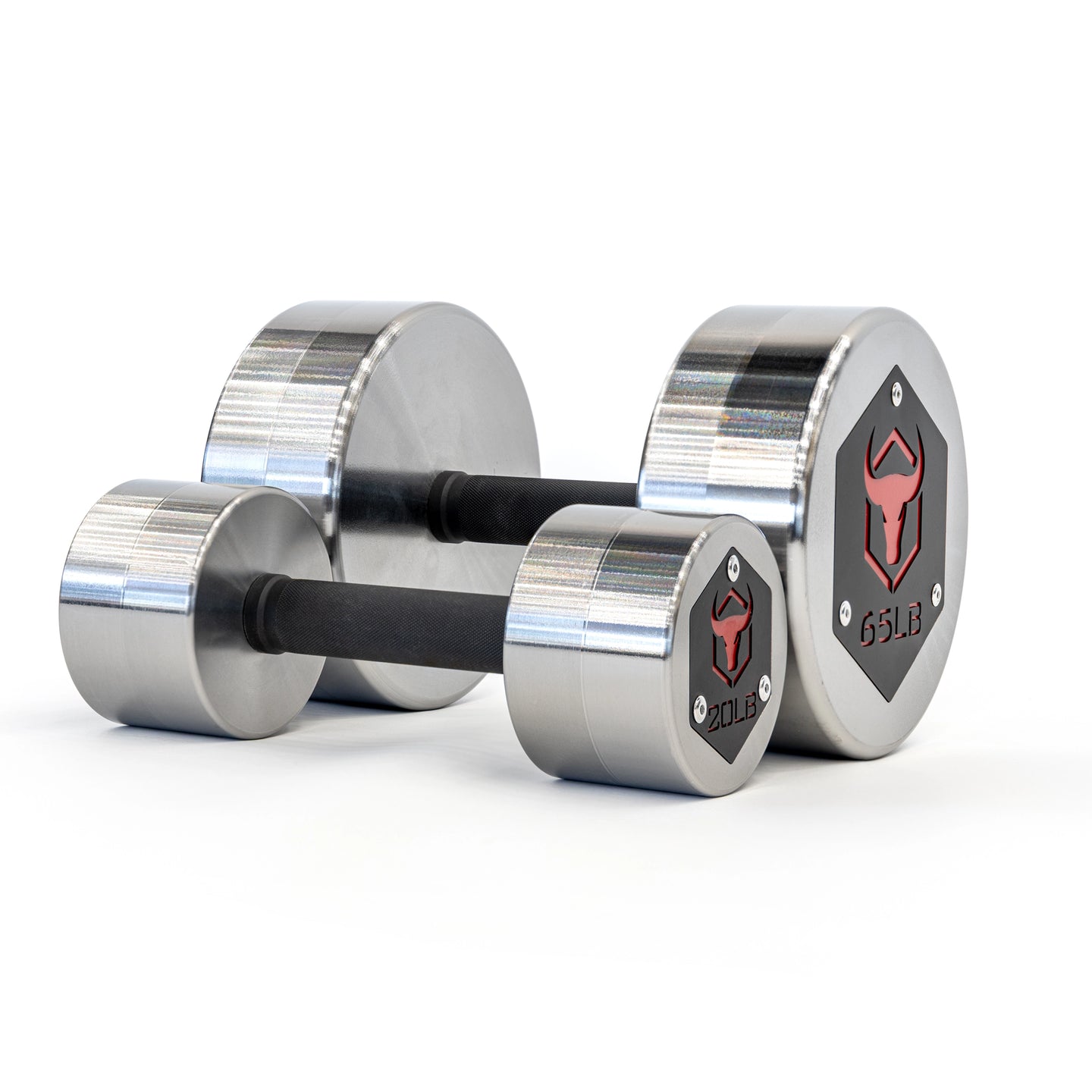Free Weights & Sets
Lift Big. Train Hard. Explore Our Range of Free Weights
Free weights are the heart of any serious strength routine. From barbells and dumbbells to plates built for heavy hitters, our collection is made to move with you, and push you further.
At Iron Bull Strength, we’ve got a solid lineup of dumbbells, barbells, kettlebells and plates made to fit your goals, whether you're just getting started or chasing that next PR. Our gear is tough, just like you, and built to handle serious lifting.
Explore our free weights options. Your next favorite lift is waiting.

